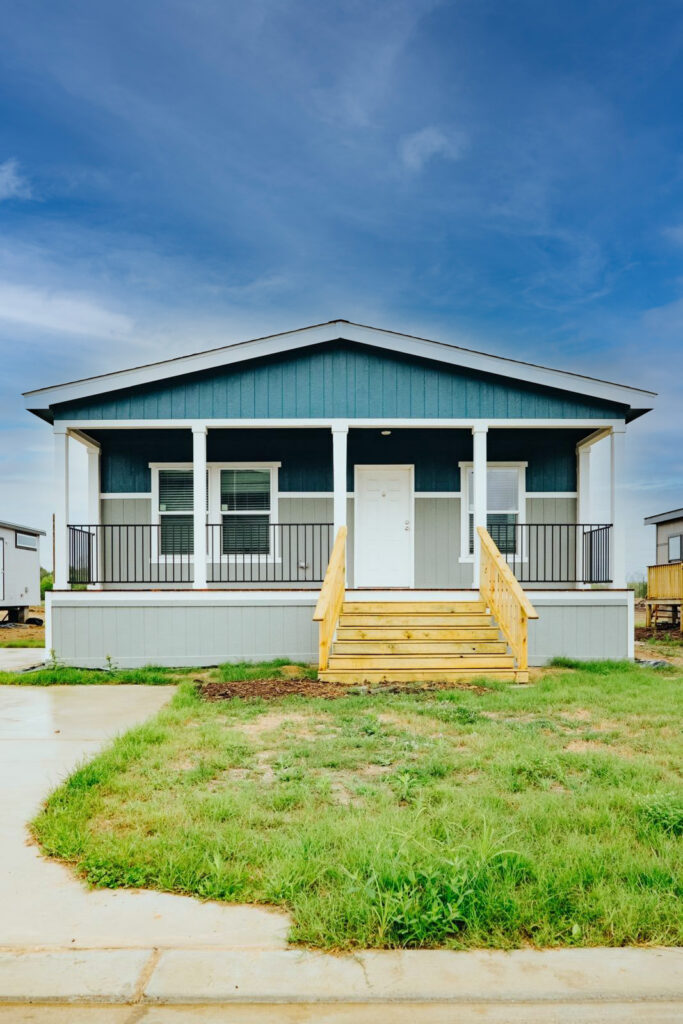
The Future of Affordable Housing in Texas: Trends and Developments
Understanding Affordable Housing in Texas
What Defines Affordable Housing?
Affordable housing refers to housing that is reasonably priced for individuals and families, typically defined as costing no more than 30% of a household’s gross income according to the United State Department of Housing and Urban Development (HUD). In Texas, where the cost of living can vary significantly, understanding this definition is crucial.
As of 2023, the median home price in Texas sits at approximately $300,000, which is notably lower than the national average of around $330,000. This discrepancy highlights the pressing need for affordable housing developments not only in Texas but the whole United States, particularly for low- and moderate-income families.
Current Affordable Housing Developments in Texas
Texas has seen a surge in affordable housing projects, driven by both public and private initiatives. Some notable developments include:
- The New Hope Housing Project in Houston, which offers 100% affordable apartments for low-income residents.
- The San Antonio Housing Authority’s recent efforts to revitalize older neighborhoods with modern, affordable options.
Additionally, government initiatives, such as the Texas Department of Housing and Community Affairs (TDHCA), are providing funding and resources to support these projects, making affordable housing more accessible.
The Importance of Affordable Housing
Affordable housing is not just a matter of shelter; it has profound economic and social implications. Without out affordable housing we will see the death of the American Dream.
- Economic Benefits: Affordable housing contributes to local economies by allowing residents to allocate more of their income to other essential needs, such as healthcare and education.
- Social Implications: Communities with accessible housing options tend to experience lower crime rates and improved educational outcomes for children, fostering healthier, more stable environments.
Future of Housing Affordability in Texas
Emerging Trends in Housing Affordability
Demographic shifts, including an influx of younger professionals and retirees moving to Texas, are reshaping housing needs. As of 2023, Texas is experiencing:
- An increase in the population of millennials seeking affordable living options.
- A rise in remote work, leading to a demand for homes with flexible spaces.
Predictions indicate that housing costs in Texas will continue to rise, influenced by ongoing job growth and an expanding economy.
New Affordable Housing Projects on the Horizon
Several upcoming affordable housing projects promise to make a significant impact:
- The Eastside Affordable Housing Initiative in Austin aims to provide over 1,000 new affordable units by 2025.
- Collaboration with Non-Profits: Public-private partnerships are becoming increasingly vital, with organizations like Habitat for Humanity working alongside local governments to develop affordable housing solutions.
These initiatives are expected to enhance community integration and provide much-needed relief to low-income families.
Innovations in Affordable Housing Solutions
Sustainability and technology are at the forefront of new housing solutions. Innovations include:
- Sustainable Building Practices: Many new projects are utilizing eco-friendly materials and energy-efficient designs to reduce long-term costs for residents.
- Technological Advancements: Modular construction techniques are gaining traction, allowing for quicker and more cost-effective building processes.
These innovations not only lower construction costs but also create healthier living environments for residents.
Affordable Living Options in Texas
Diverse Housing Options Available
Affordable living options in Texas are diverse, catering to various needs and preferences:
- Apartments: Often found in urban areas, these units provide affordable options for young professionals but rarely offer the ability to own.
- Townhomes: Suitable for families seeking more space, townhomes can offer a balance between affordability and comfort. However, you are left sharing a wall with your neighbors.
Rural areas also feature affordable housing, often at lower prices compared to urban centers, making them an attractive option for those looking to escape city life.
Financing Affordable Living
Understanding financing options is crucial for securing affordable housing:
- State and Federal Assistance Programs: Programs like the Low-Income Housing Tax Credit (LIHTC) and Section 8 vouchers provide financial support to eligible families.
- Tips for Securing Financing: Prospective homeowners should explore local grants, work with housing counselors, and maintain a good credit score to improve their chances of securing affordable housing financing.
Community Resources and Support
Local organizations play a pivotal role in supporting affordable housing initiatives:
- Non-Profits: Organizations such as the Texas Homeless Network work tirelessly to advocate for affordable housing and provide resources for those in need.
- Community Involvement: Engaging in local housing initiatives fosters a sense of community and helps ensure that housing projects meet the actual needs of residents.
Housing Trends in Texas
Current Trends Shaping the Texas Housing Market
As of 2023, several trends are influencing the Texas housing market:
- Buyer and Renter Behaviors: There is a growing preference for rental properties among younger generations, driven by economic uncertainty and lifestyle choices.
- Impact of Remote Work: The rise of remote work has led to increased interest in suburban and rural properties, as many seek more space and lower living costs.
Long-term Predictions for the Texas Housing Market
Experts predict that Texas will continue to experience a demand for housing, driven by:
- Population Growth: Texas is projected to add millions of residents over the next decade, increasing the demand for affordable housing.
- Economic Factors: Fluctuations in interest rates and the job market will influence housing demand and pricing.
The Role of Policy in Shaping Housing Trends
Legislation plays a critical role in shaping housing affordability:
- Current Legislation: Laws aimed at increasing funding for affordable housing and zoning reforms are crucial for facilitating new developments.
- Future Policy Initiatives: Ongoing discussions about affordable housing policies may lead to more supportive regulations, addressing the growing need for affordable living options.
Conclusion
The future of affordable housing in Texas is a multifaceted issue that requires community engagement, innovative solutions, and supportive policies. With ongoing developments, emerging trends, and a commitment to sustainable practices, Texas can pave the way for a more affordable housing landscape.
We encourage you to get involved in local housing initiatives, advocate for affordable housing projects, and support organizations working tirelessly to address this critical need. By working together, we can help create a sustainable housing future for all Texans.
The importance of planning for affordable housing cannot be overstated; it is vital for the economic and social well-being of communities across Texas.
